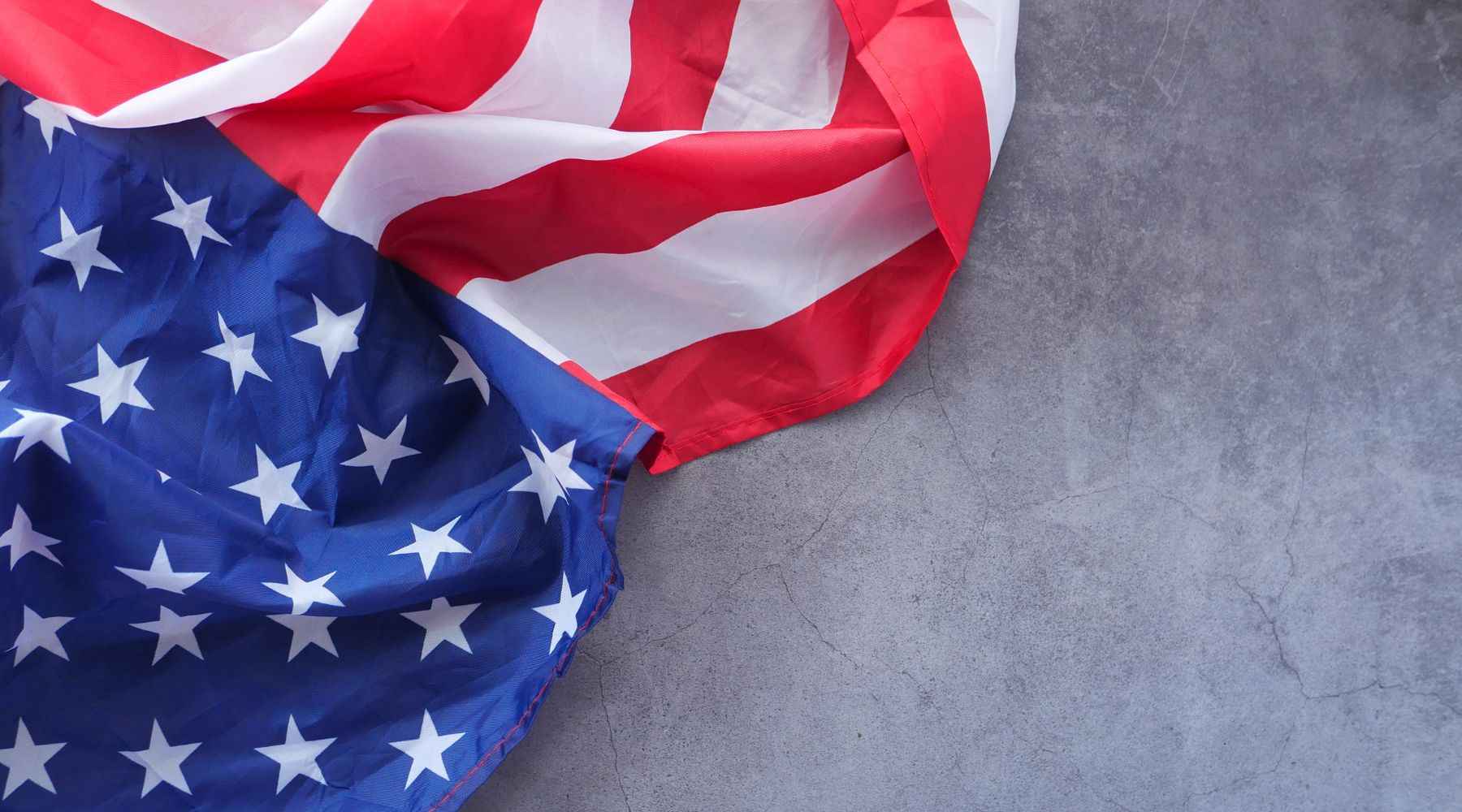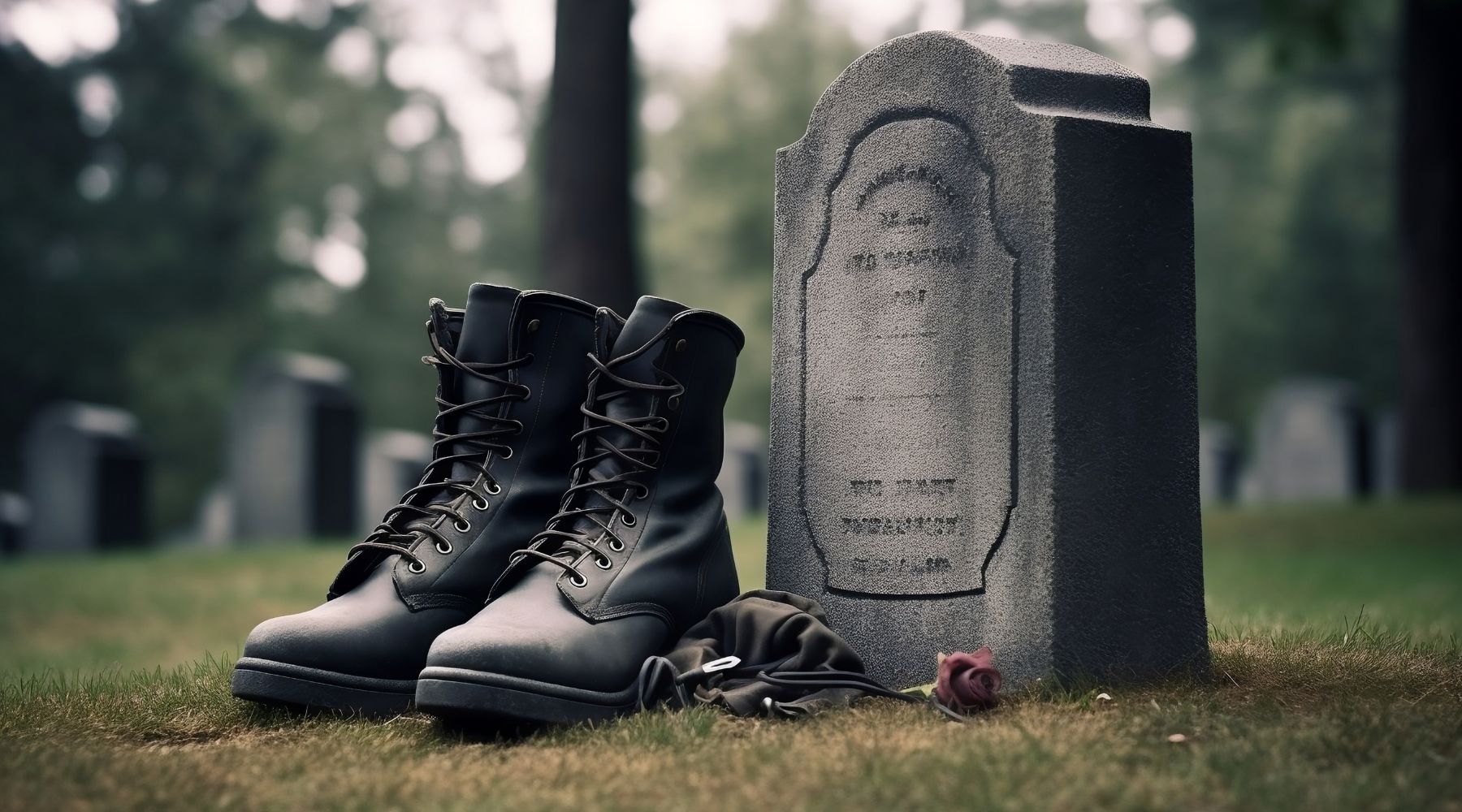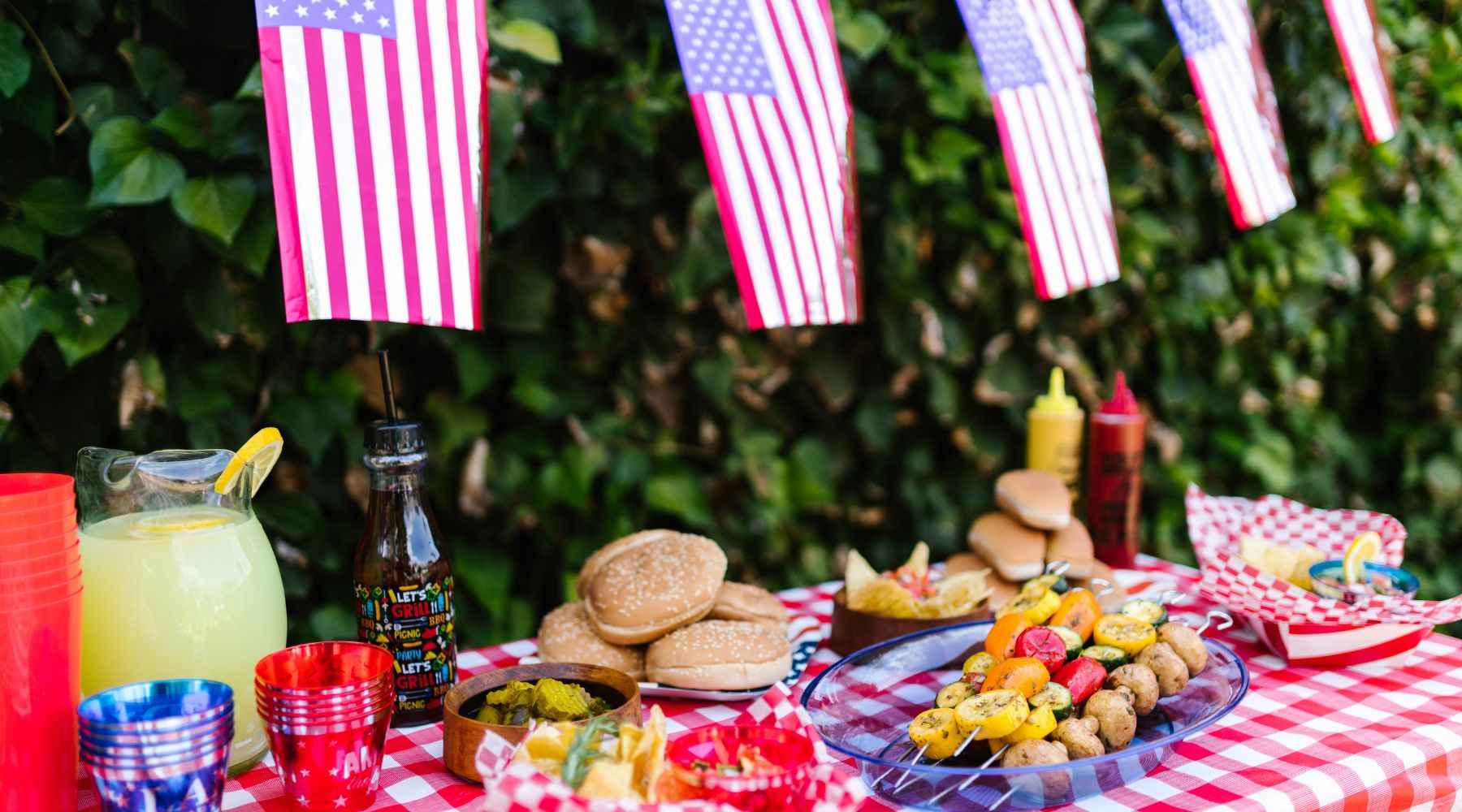
The History of Independence Day: Reflecting on America’s Founding
Each year on July 4th, Americans gather to celebrate the birth of a nation founded on ideals of liberty, equality, and self-determination. Independence Day is more than fireworks and parades, it’s a moment to remember the sacrifices of the Founding Fathers and to reflect on the core principles that continue to guide the United States. In this article, we’ll explore the history of Independence Day, from its colonial roots to the modern celebrations, and consider how faith and patriotism intertwine in the American story.
Colonial Roots and Rising Tensions
By the mid-18th century, British colonists in North America had begun to chafe under new taxes and trade restrictions imposed by Parliament. Measures like the Stamp Act (1765) and the Townshend Acts (1767) inflamed colonial resentment, sparking protests in Boston, New York, and beyond. The famous Boston Tea Party of December 1773 symbolized colonial defiance: patriots disguised as Native Americans dumped 342 chests of tea into Boston Harbor to protest the Tea Act. Behind these acts of rebellion lay a growing belief in the natural rights of individuals—ideas drawn from Enlightenment thinkers like John Locke, who argued that governments derive authority from the consent of the governed.
The Declaration of Independence
On June 7, 1776, Richard Henry Lee introduced a resolution to the Continental Congress asserting that “these united colonies are, and of right ought to be, free and independent States.” A committee—John Adams, Benjamin Franklin, Thomas Jefferson, Roger Sherman, and Robert Livingston—was tasked with drafting a formal declaration. Thomas Jefferson’s draft, completed in just a few days, articulated the unalienable rights of “Life, Liberty, and the pursuit of Happiness.” After debate and some revisions, Congress formally adopted the Declaration of Independence on July 4, 1776. This document not only severed political ties with Great Britain but also laid down a universal framework for human rights.
Early Celebrations
News of independence spread slowly across the colonies. In Philadelphia, the first public reading of the Declaration took place on July 8, accompanied by bells, cannon fire, and public gatherings. That evening, the city was ablaze with bonfires and illuminations. In rural towns and cities alike, colonists marked the occasion with feasting and communal prayer. Between 1776 and the close of the Revolutionary War in 1783, July 4th celebrations waxed and waned depending on military fortunes. However, the day always remained a powerful symbol of unity and resistance.
Formalizing the Holiday
After the war, July 4th celebrations continued organically. In the early 19th century, President John Adams and Thomas Jefferson—ironically, political rivals turned friends—both celebrated the holiday privately; Jefferson even planted his famous “little pear tree” on his Monticello grounds. In 1870, Congress made Independence Day an unpaid federal holiday, and in 1941, it was formally designated as a paid holiday for federal employees. Over time, parades, orations, and fireworks displays became central to the national observance.
Traditions Evolve
The modern Independence Day features a blend of time-honored customs and local flair. Fireworks remain the quintessential spectacle—literally illuminating the night sky in a patriotic palette. Parades march through small towns and major cities alike, featuring marching bands, veterans groups, and community floats. Barbecues, picnics, and block parties bring families together, while concerts—from local covers of the “Star-Spangled Banner” to the Boston Pops’ annual “Fireworks Spectacular”—offer a soundtrack to the holiday. In recent decades, symbolic readings of the Declaration and reenactments of the Revolution have gained popularity, deepening our connection to the founding era.
Faith, Freedom, and American Identity
For many Americans, faith has always been woven into the nation’s fabric. In the Revolutionary era, sermons on “God and Liberty” filled meetinghouses, and clergy often invoked divine support for the colonial cause. Today, Christians may choose to express both their patriotism and their faith through apparel. Faith-inspired designs on Christian T-Shirts and Christian Shirts bearing messages like “One Nation Under God” allow believers to wear their convictions proudly during July Fourth festivities. Likewise, graphic God Shirts featuring Scripture verses about freedom and courage can serve as wearable reminders of the spiritual dimensions underpinning America’s founding ideals.
Reflection on Founding Principles
The Declaration of Independence remains a living text, its promises of equality and rights continually reinterpreted. Civil rights leaders, suffragettes, and social reformers have all invoked Jefferson’s words to press for broader inclusion. As we celebrate Independence Day, it’s worth asking: How can we live up to the vision of a nation where every individual enjoys freedom and opportunity? Whether through civic engagement, volunteerism, or advocating for the marginalized, each citizen can contribute to the ongoing project of perfecting our union.
The Global Impact
The American Revolution inspired revolutions in France, Haiti, and Latin America, spreading the idea that governments exist to safeguard human rights. Independence Day reminds us that a small group of colonies successfully challenged a global empire—a testament to the power of collective action and principle. International observers still watch July Fourth as a symbol of democratic possibility, and Americans, in turn, often reflect on the responsibilities that accompany freedom.
Contemporary Celebrations and Challenges
Today, Independence Day coincides with summer travel and family vacations. National parks and historic sites—like Independence Hall in Philadelphia—buzz with tourists. Social media amplifies personal tributes: from photos of fireworks over the National Mall to live-streamed readings of the Declaration. Yet, challenges persist—political polarization, racial injustice, and debates over constitutional interpretation test our unity. Independence Day can be a moment to bridge divides: sharing a barbecue, attending a local parade, or engaging in conversations that honor our shared history.
From the heated debates of the Continental Congress to the colorful fireworks that light up July skies, Independence Day encapsulates America’s journey toward liberty and self-government. As we don our Christian T-Shirts or Christian Shirts, and perhaps choose a God Shirt that proclaims our faith, let us remember that freedom is both a civic gift and a moral calling. On this July Fourth, may we celebrate not only the past but also recommit ourselves to the enduring principles of life, liberty, and the pursuit of happiness.



Leave a comment
This site is protected by hCaptcha and the hCaptcha Privacy Policy and Terms of Service apply.